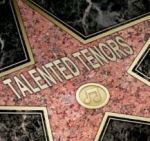
all month on Operatoonity
I’d love to, but you’ll have to be more specific. That’s like a surgeon saying, “Lend me an instrument” when he needs a scalpel.
Since it’s Talented Tenors month, I thought I’d talk about the categories of tenors determined by the range, weight, and color of their voices. Within the operasphere, not only is there ample discussion about all the different vocal types, opera lovers also argue about which singers should be where, which I suppose boils down to which roles do they sing best.
One thing is for certain–tenors know what roles they can sing. They know their categories (their Fach, as its known in German) and so do the opera houses who hire them. Below is one popular categorization of tenors. Where possible I included an opera singer I’ve seen who has been associated with the category.
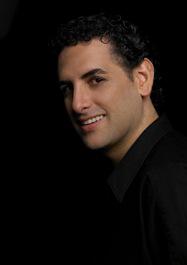
Juan Diego Flórez, 'Rossini' tenor
Light-lyric tenor–depending on the repertoire, these voices are often called leggiero tenors or “Rossini” tenors. Juan Diego Flórez is one tenor I’ve seen in the Met’s Le Comte Ory whose name comes up frequently in this category. On his website he refers to himself as a bel canto tenor or one who is ideal for Rossini, Donizetti, and Bellini operas. His website says that he has distinguished himself for his “fluid, expressive singing and dazzling virtuosity.” Now that I’ve heard him in person, I can’t agree more.
Lyric tenor–with not quite the high register of the light-lyric tenor, this voice category is well represented by many beloved roles in opera such as:
Rodolfo, La bohème (Puccini)
Ferrando, Così fan tutte (Mozart)
Elvino, La sonnambula (Bellini)
Ramiro, La Cenerentola (Rossini)
Nemorino, L’elisir d’amore (Donizetti)
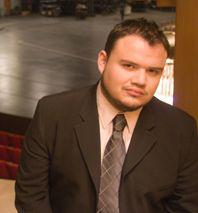
David Lomeli
Mexico City native and Operalia winner David Lomeli sings lyric tenor roles. He has garnered critical acclaim for his Rodolfo, which he’s currently singing at the Sante Fe Opera Festival. I saw him sing Nemorino for New York City opera last March, for which he earned rave reviews, including mine.
Lyric-dramatic tenor–while still lyric in nature, this category of singer demands a certain brightness or dramatic color to soar over the orchestra. Light dramatic tenors are often sought for these roles:
Cavaradossi, Tosca (Puccini)
Don José, Carmen (Bizet)
Florestan, Fidelio (Beethoven)
Canio, Pagliacci (Leoncavallo)
Max, Der Freischütz (von Weber)
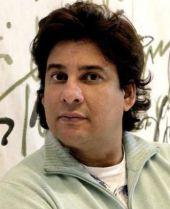
Marcelo Àlvarez
Some consider Marcelo Àlvarez a lyric tenor though the weight and color of his voice was ideally suited to singing the role of the artist Cavaradossi at the Met this past winter.
Dramatic tenor–also called tenore di forza in Italian. Dramatic tenor roles that require a spinto quality–an ability to push the voice–so that it sails over heavily-textured orchestral passages. Sometimes this is also called a robusto tenor. Depending on how they are cast, roles can include:
Andrea Chénier in Giordano’s opera of the same name
Don Alvaro, La forza del destino (Verdi)
Otello in Verdi’s opera of the same name
The title role in Verdi’s Ernani and Manrico (Il trovatore, Verdi) were originally considered part of the robusto tenor tradition even though these roles aren’t often cast that way these days.
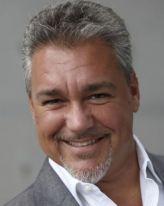
Salvatore Licitra, tenore di forza
Tenor Salvatore Licitra is commonly identified as a tenore di forza among opera cognoscenti. I had the great pleasure of seeing him sing the role of King Gustav in “A Masked Ball” at Washington National Opera‘s “Opera in the Outfield” a simulcast of the Kennedy Center production in Nationals Park. Besides wowing the crowd with his singing, he proudly donned a Nationals cap at curtain call and will forever be adored by WNO fans who are also Nationals fans.
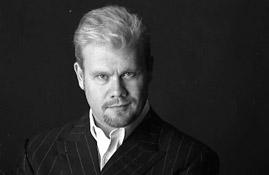
Stuart Skelton, heldentenor
Heldentenor–this is the dramatic tenor voice of the German repertoire that demands a distinctive ‘ring’ and weight for roles such as:
Siegfried, Der Ring des Nibelungen (Wagner)
Parsifal, Parsifal (Wagner)
Tristan, Tristan und Isolde ( Wagner)
Walther von Stolzing, Die Meistersinger ( Wagner)
Stuart Skelton is widely considered one of the pre-eminent heldentenors of his generation. Though I didn’t see Skelton in ENO’s Parsifal, David Karlin at Bachtrack.com did and said his singing nearly blew the roof off the London Coliseum. See David’s review here.
What about you, Operatoonity readers? Whom have you observed who define this classification? Any delights or surprises? Do you have a favorite type of tenor voice?

